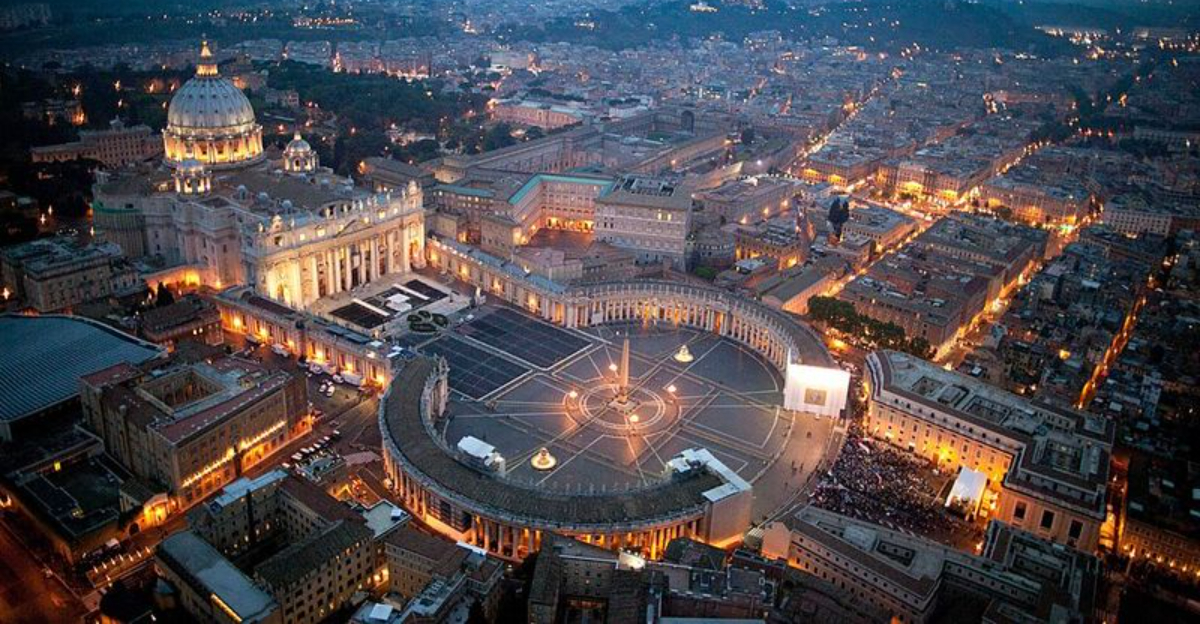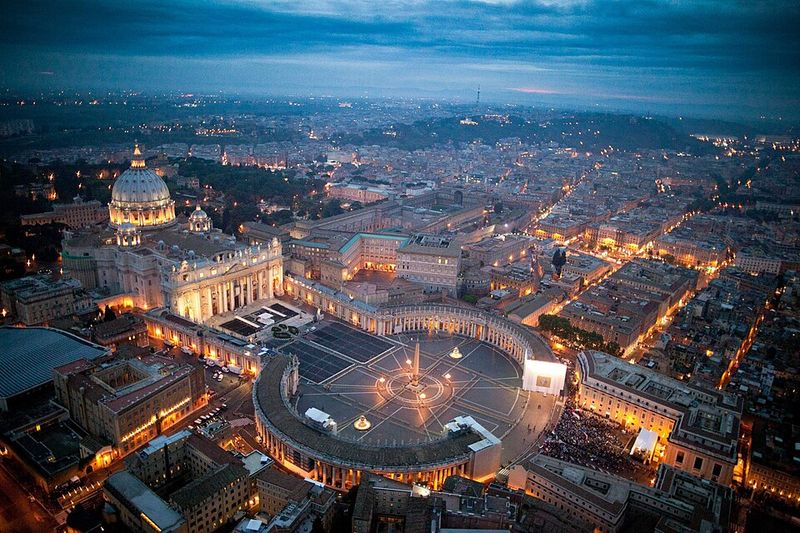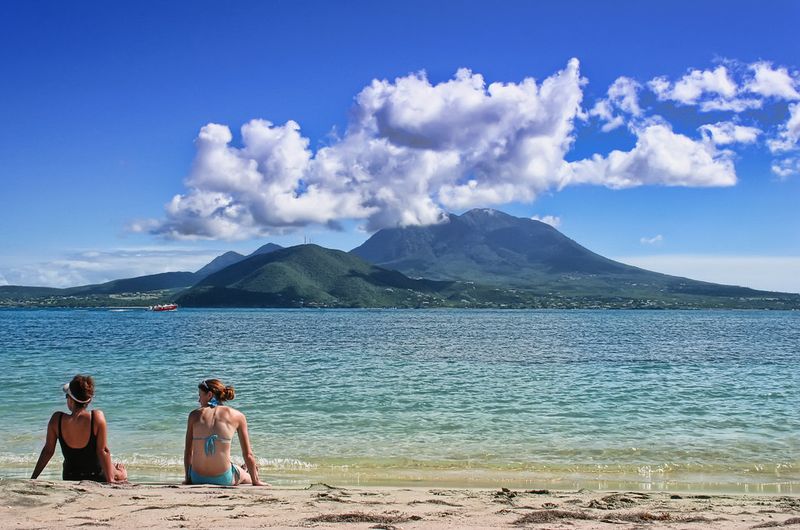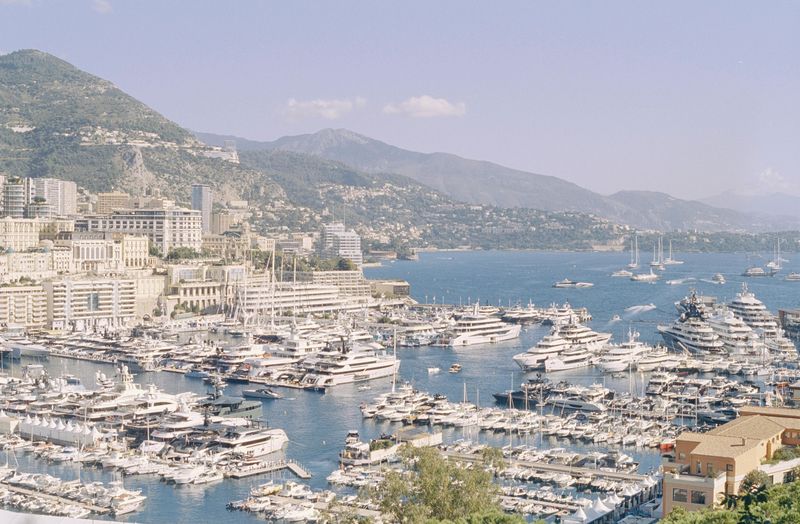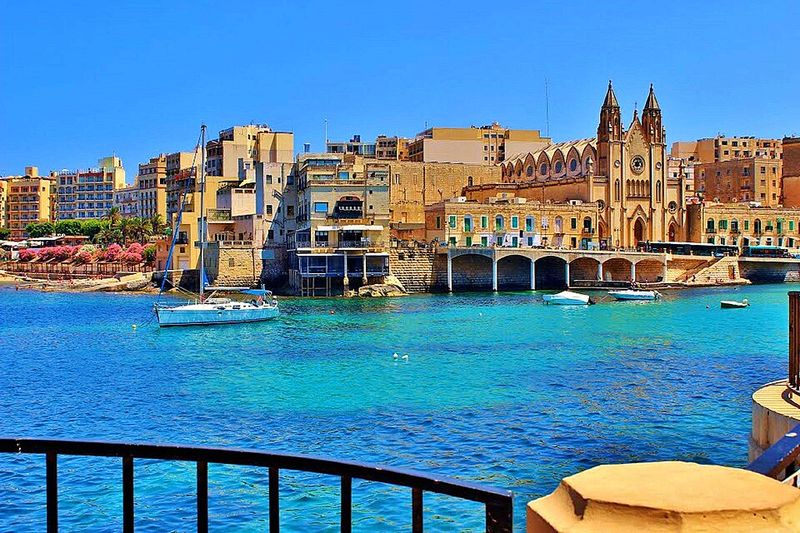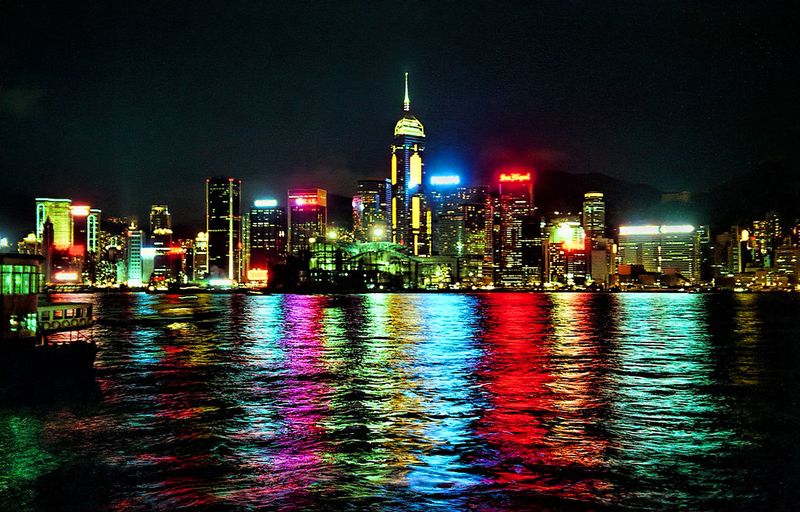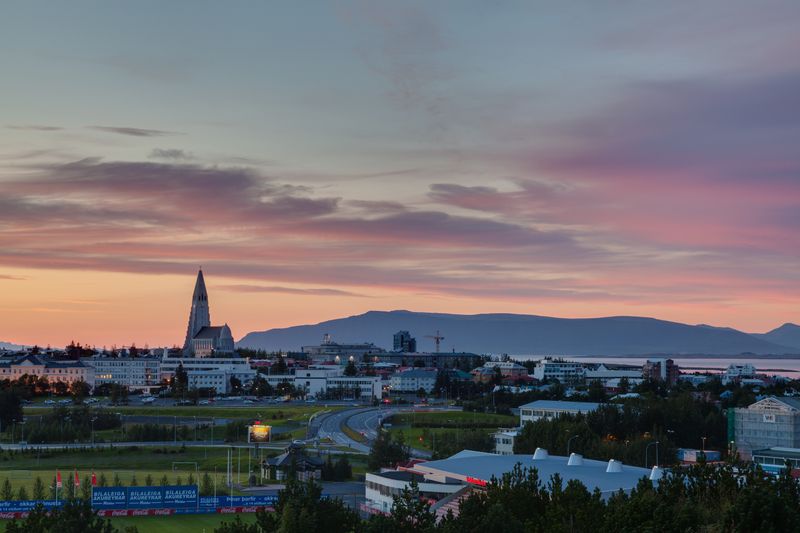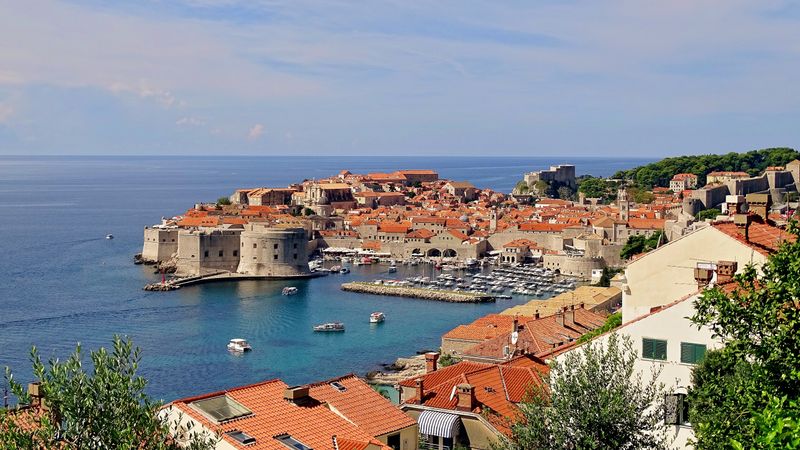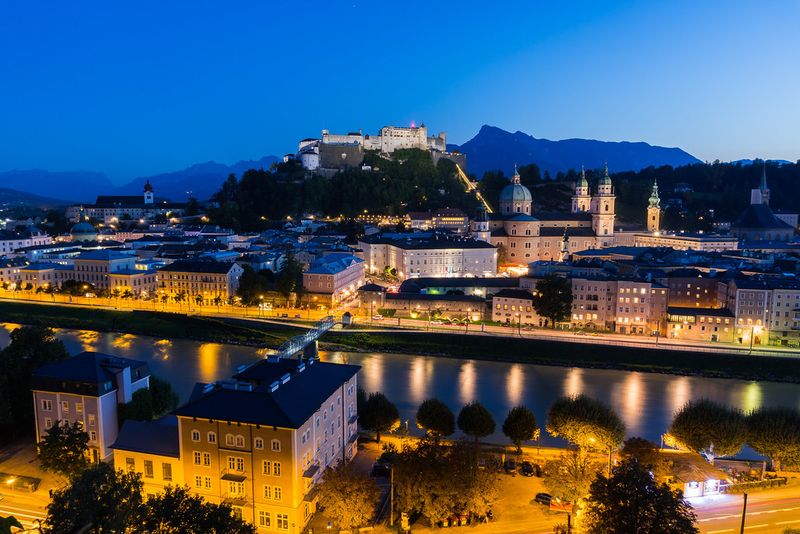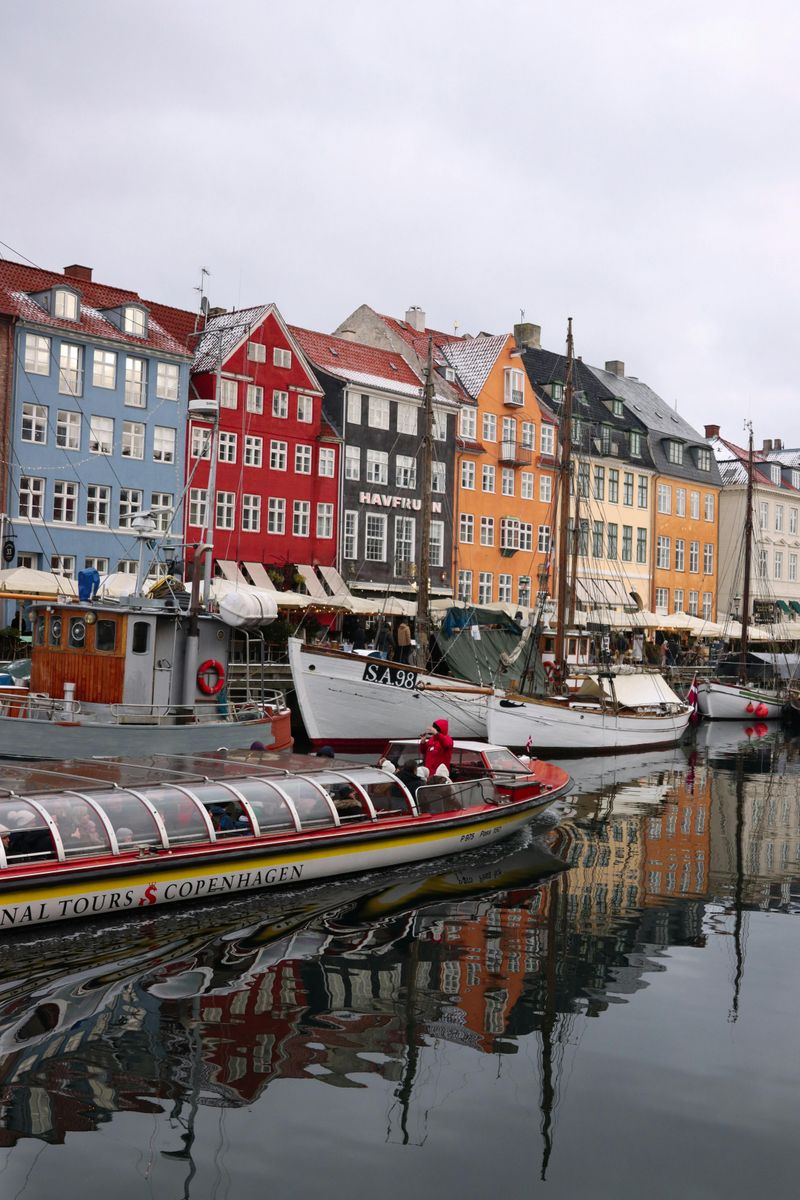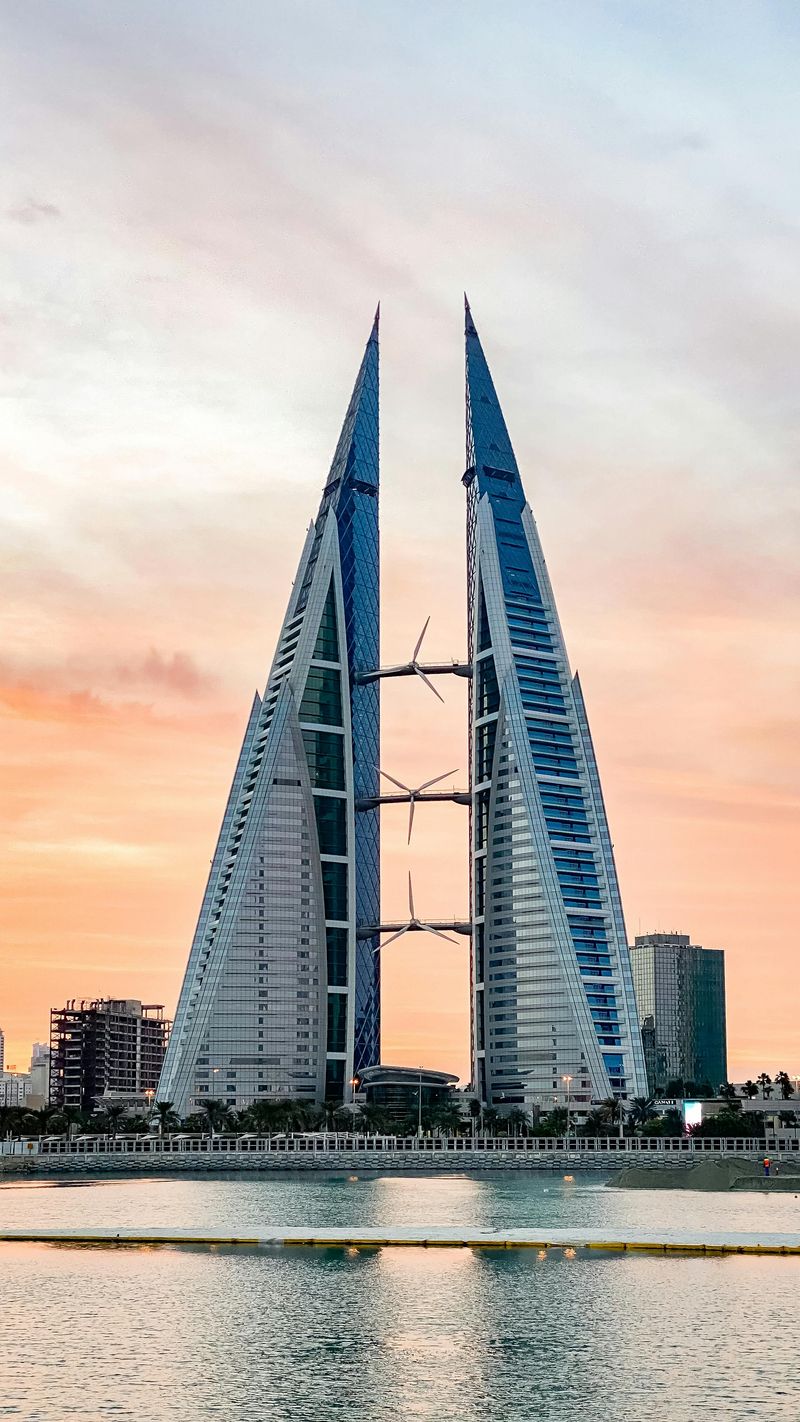Ever wondered where visitors outnumber locals by staggering margins? From microstates perched on mountain ridges to island nations pulsing with cruise arrivals, these destinations welcome crowds that dwarf their resident populations. The result is a fascinating blend of economic opportunity, cultural tension, and practical challenges around housing, transit, and preservation. Read on to see 15 places where the tourist tide doesn’t just come in—it takes over.
Andorra (Andorra)
Andorra’s roughly 82,000 residents welcome about 9.6 million visitors yearly, a ratio that transforms the Pyrenean microstate into a seasonal chameleon. Winter brings skiers to well-groomed pistes and lively après-ski villages; summer swaps skis for trekking poles along alpine trails. Duty-free status drives shopping sprees, while weekenders from Spain and France keep occupancy high. With 115 visitors per resident, strain shows in traffic, rental pressure, and service staffing. The payoff: robust hospitality revenues funding infrastructure upgrades and public amenities. Officials manage flows with parking hubs, resort shuttles, and dynamic pricing. As climate variability challenges snow reliability, Andorra doubles down on four-season appeal—from wellness retreats to bike parks—aiming to sustain prosperity without overwhelming its limited valleys.
San Marino (San Marino)
San Marino’s 33,500 residents host about 2 million visitors each year, a remarkable load for a cliff-perched republic. Most arrivals are day-trippers, which spikes congestion in the historic center while leaving evenings relatively tranquil. The draw is magnetic: panoramic fortress views, UNESCO-listed heritage, and centuries of continuity visible in flagstone lanes. To preserve authenticity, authorities limit vehicle access, promote guided routes, and maintain rigorous restoration. Commerce thrives on souvenirs and gastronomy, yet rising footfall demands investment in waste management and safety. Local artisans benefit from exposure but face rising rents and seasonal volatility. The balance hinges on dispersing visitors to lesser-known towers, museums, and trail routes, turning brief stopovers into deeper, more sustainable engagement.
Bahamas (The Bahamas)
With around 400,000 residents and more than 11 million yearly visitors, the Bahamas exemplifies a tourism-first economy. Cruise passengers dominate raw counts, concentrating foot traffic near ports while resort islands see longer-stay travelers. The benefits—jobs, investment, and global visibility—are substantial, yet so are the pressures on housing, utilities, and sensitive marine ecosystems. Coral health and beach erosion require vigilant stewardship, from reef-safe sunscreen campaigns to controlled visitor numbers on fragile cays. Diversification efforts promote culinary, cultural, and eco-tours beyond standard sun-and-sand. Meanwhile, infrastructure upgrades target water management and hurricane resilience. Community voices push for fair wages and locally owned ventures, ensuring the tourism surge sustains livelihoods as much as it fills hotel rooms.
Vatican City (Vatican City)
With fewer than 1,000 residents and roughly 6.8 million annual visitors, Vatican City is the ultimate case study in tourism density. The numbers mean everyday life happens under a constant flow of pilgrims and sightseers, as queues weave through Bernini’s colonnades toward St. Peter’s Basilica and the Sistine Chapel. On peak days, tourists can outnumber residents by thousands to one, reshaping crowd patterns, security protocols, and maintenance schedules. Yet the small state leverages a global cultural magnetism grounded in faith, art, and history. Its museums and sacred spaces support preservation through ticketing, while strict spatial controls help protect heritage. The delicate balance: enabling access to masterpieces by Michelangelo and Raphael without overwhelming a micro-community charged with their stewardship.
Saint Kitts and Nevis
Home to roughly 47,000 residents, Saint Kitts and Nevis hosts about 875,000 visitors each year, driven by cruise calls and boutique resorts. The twin-island nation’s scale magnifies tourism’s footprint: traffic pulses with ship timetables, and popular beaches can swing from serene to bustling in hours. Brimstone Hill Fortress and plantation estates anchor heritage draws, while diving and sailing expand the adventure menu. Policymakers focus on dispersing visitors beyond Basseterre and Charlestown through curated tours, farm-to-table experiences, and marine sanctuaries. Environmental safeguards include mooring systems to protect reefs and coastal setback rules. The aim is steady revenue without overtourism’s hangover, turning short port calls into higher-value, low-impact encounters that support local entrepreneurs and culture bearers.
Monaco
Monaco’s under-39,000 residents share their compact principality with waves of visitors drawn by luxury, events, and Riviera allure. Formula 1 week alone recasts the city as a grandstand, while year-round conferences, yachting, and gaming sustain a steady stream. Space scarcity means visitors concentrate along the harbor and casino quarter, intensifying crowding during peak hours. Public transit, elevators, and pedestrian tunnels knit vertical neighborhoods, easing flows across steep terrain. Environmental initiatives—from marine reserves to energy-efficient building codes—signal a shift toward responsible prestige. While hotel rates and retail skew upscale, cultural sites like the Oceanographic Museum broaden appeal. The challenge is timeless: curating exclusivity and spectacle without eroding liveability for a tiny resident base.
Malta
With about 560,000 residents and more than 3.5 million visitors, Malta blends outsized heritage with compact geography. Valletta’s honeyed fortifications, Mdina’s alleys, and Gozo’s coastal arches channel steady flows, while film productions and festivals add seasonal spikes. The infrastructure load shows up in ferry queues, narrow roads, and housing pressure; yet tourism bankrolls restorations and creative industries. Authorities promote shoulder-season travel, hiking routes, and village feasts to distribute crowds. Digital passes streamline museum access and bus transfers, encouraging car-free exploration. Environmental priorities include coastal protection and water management on a resource-scarce archipelago. For travelers, Malta offers dense layers of Knights-era history and Mediterranean cuisine within short distances—an irresistible efficiency that keeps arrivals surging.
Hong Kong
Hong Kong welcomes around 44.5 million visitors against a resident base of 7.4 million, creating an ever-present pulse in transport hubs and shopping districts. Many arrivals are regional or day-trippers, but the cumulative effect is a city calibrated for throughput—MTR frequency, ferry links, and border checkpoints all finely tuned. Tourism supports retail, dining, and attractions from Peak Tram vistas to street markets, while heritage trails and outlying islands diversify options. Managing crowding means dynamic ticketing, timed entries, and real-time transit dashboards. As visitation rebounds, sustainability and community impact frame policy debates, prioritizing neighborhood balance and SME resilience. Travelers benefit from unrivaled convenience, yet are encouraged to explore beyond central hotspots to spread economic gains and discover quieter corners.
Iceland
Iceland’s roughly 393,000 residents host over 2.2 million visitors, a ratio that reshaped its economy and travel patterns. Attractions cluster along the Golden Circle and South Coast, prompting initiatives to highlight lesser-known regions like the Westfjords. Infrastructure—trail reinforcement, parking, and restroom facilities—has expanded to protect fragile moss, basalt columns, and geothermal areas. Seasonality is moderating as winter aurora trips grow, but weather disruptions require flexible itineraries. Sustainability fees fund conservation, while operators emphasize small-group ethics and Leave No Trace practices. The payoff is a robust creative and culinary scene in Reykjavik and thriving rural guesthouses. For travelers, planning ahead and respecting closures ensures landscapes remain pristine for the next wave of awestruck arrivals.
Croatia
With about 3.9 million residents and over 21 million visitors, Croatia’s ratio underscores its Adriatic magnetism. Dubrovnik’s cinematic ramparts, Split’s Diocletian’s Palace, and island-hopping routes drive dense seasonal peaks. To mitigate crowding, cities deploy timed entries, cruise passenger caps, and contactless passes for attractions. Inland draws—from Plitvice’s cascades to Slavonia’s vineyards—help redistribute traffic. Tourism fuels restoration of stone towns and maritime heritage, while raising housing costs and service demands for locals. Culinary tourism showcases olive oils, Dalmatian wines, and seafood traditions. The future hinges on balancing cruise schedules, sustainable moorings, and off-season marketing so that Croatia’s luminous coasts remain welcoming and livable for residents who steward them.
Austria
Austria’s 8.9 million residents welcome over 30 million tourists annually, reflecting a mature, year-round visitor economy. Alpine resorts anchor winter, while summer pivots to lakes, hiking, and music festivals. Vienna and Salzburg absorb cultural seekers drawn to museums, opera, and grand boulevards, supported by top-tier public transit and walkable cores. Managing volume involves resort capacity planning, dynamic lift pricing, and preservation of historic facades. Agritourism and thermal spas extend stays beyond headline cities, dispersing benefits to rural regions. Environmental commitments include renewable-powered lifts and protected habitats. For travelers, Austria offers high service standards and seamless connections—an ease that keeps returns high and the resident-to-visitor ratio firmly tilted toward guests.
Greece
Greece hosts more visitors than its sub-10-million resident base, driven by island idylls, ancient sites, and a mature hospitality network. Santorini and Mykonos headline peak-season intensity, prompting crowd-spreading via lesser-known islands and mainland gems like Peloponnese and Epirus. Timed entries at the Acropolis, upgraded ports, and inter-island ferry optimizations help manage surges. Communities benefit from revitalized villages and seasonal jobs, yet face rent inflation and resource strain. Sustainability pilots test caps on cruise calls and incentives for shoulder-season travel. Regional gastronomy, wine routes, and hiking networks extend stays and diversify spend. The result is a tourism powerhouse increasingly focused on quality over volume, ensuring iconic views remain enjoyable for both visitors and locals.
Denmark
Denmark’s visitor numbers outpace its modest population, centered on Copenhagen’s design, culinary, and cycling culture. Nyhavn’s canal buzz meets contemporary architecture and world-class museums, while UNESCO collections and Viking heritage broaden the map. The country’s transit fluency—metro expansions, bike superhighways—smooths tourist flows and local commutes alike. To protect liveability, authorities promote neighborhood codes of conduct, hotel dispersion, and green certifications. Coastal islands and North Jutland dunes invite slower travel, reducing pressure on the capital. Denmark’s sustainability ethos shapes tourism choices, from plant-forward menus to circular design in hospitality. Travelers find a nation where modernity and coziness coexist, even as peak months challenge accommodation supply and pricing.
Portugal
Portugal’s roughly 10 million residents host a visitor volume that has surged past them in recent years. Lisbon and Porto anchor urban appeal—azulejo-lined neighborhoods, wine cellars, and creative districts—while the Algarve and the Azores open nature-focused escapes. Tourism revitalized historic quarters and small-town economies, but brought housing stress, short-term rental debates, and infrastructure strain. Responses include licensing caps, hotel development outside cores, improved regional rail, and cultural routes dispersing footfall. Culinary tourism—from pastel de nata trails to Douro wine cruises—extends stays and off-season travel. Sustainability frameworks encourage energy efficiency and coastal protections, aiming to keep charm intact as popularity climbs.
Bahrain
Bahrain’s 1.6 million residents welcome around 14.9 million visitors, reflecting strong regional weekend travel and event-led surges. The island kingdom blends heritage—Qal’at al-Bahrain, pearling trails—with malls, motorsport, and waterfront promenades. Accessibility via the King Fahd Causeway concentrates arrivals at predictable peaks, necessitating agile traffic and border management. Tourism supports retail, hospitality, and cultural programming, while policymakers focus on diversifying beyond shopping to museums, food halls, and eco-mangrove tours. Sustainability initiatives include coastal restoration and energy-efficient venues. As new districts rise, placemaking aims to balance modernity with tradition, ensuring visitor growth boosts community well-being.
